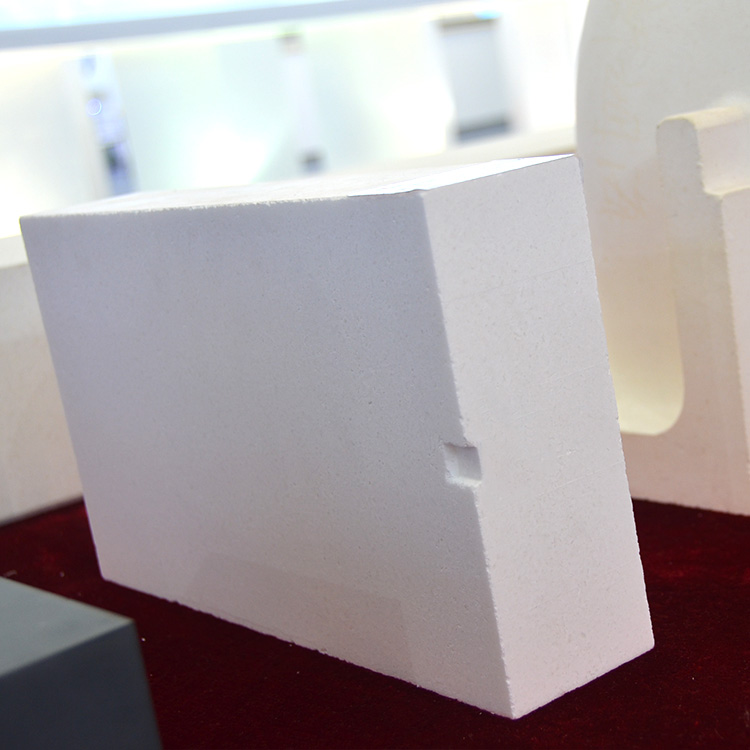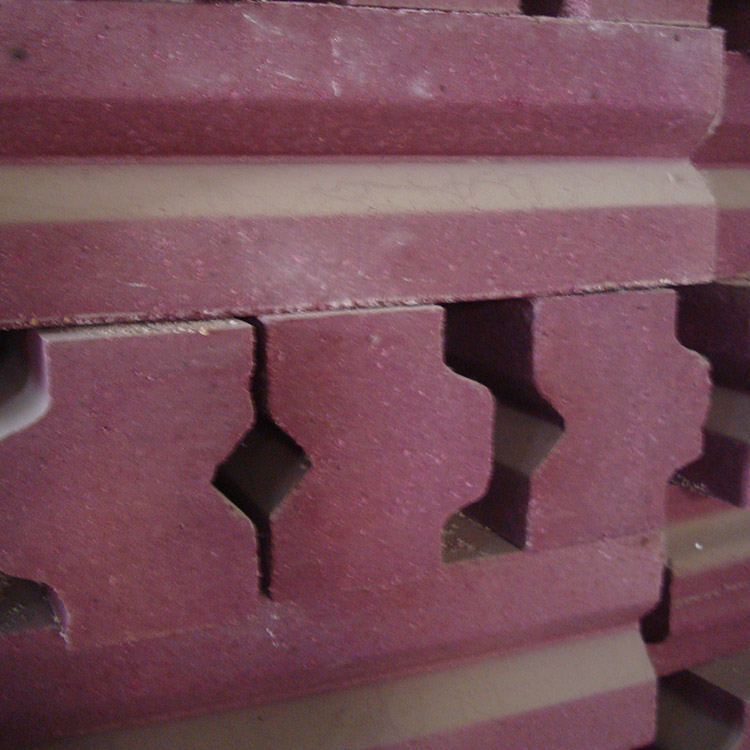
In the field of magnetic material sintering, choosing the right kiln furniture is crucial for ensuring product quality and production efficiency. Composite corundum mullite trays have emerged as an ideal choice due to their high purity, low porosity, and excellent thermal conductivity. This article delves into the technical principles and practical verifications of how these trays effectively prevent metal contamination, aiming to provide valuable insights for industry professionals.
Composite corundum mullite trays are made from high - quality raw materials, which endow them with unique properties. With a purity of over 95%, they minimize the risk of introducing impurities during the sintering process. Their low porosity, typically less than 10%, reduces the absorption of metal particles, thus preventing metal contamination. Moreover, their excellent thermal conductivity, with a thermal conductivity coefficient of about 2 - 3 W/(m·K), ensures uniform heat distribution during sintering, which is essential for high - quality magnetic material production.

During the sintering of magnetic materials such as permanent ferrite and NdFeB, several challenges may arise. One of the main issues is metal contamination, which can significantly affect the magnetic properties of the final products. High - temperature reducing atmospheres can also pose a threat to the stability of the trays. For example, in a reducing atmosphere at temperatures above 1200°C, some metal oxides on the tray surface may be reduced, leading to potential contamination of the magnetic materials.
The key to preventing metal contamination lies in the chemical and physical stability of the composite corundum mullite trays. At high temperatures, the stable crystal structure of the tray material resists the penetration of metal ions. Additionally, the surface of the tray forms a protective layer under high - temperature conditions, which further blocks the contact between the metal particles and the magnetic materials. Through practical tests, it has been found that in a reducing atmosphere at 1300°C, the trays can maintain their stability for more than 20 sintering cycles without significant metal contamination.

Let's take a typical production case of a magnetic material factory. In this case, micro - cracks on the tray surface led to metal inclusions in the magnetic materials, resulting in a decrease in product quality. By analyzing the production process, it was found that improper handling during tray installation and thermal cycling caused these micro - cracks. To address this issue, the factory adjusted the installation process and optimized the thermal cycling parameters. As a result, the defect rate due to metal inclusions was reduced from 8% to less than 2%.
Surface oxidation, adhesion residue, and thermal stress cracking are common failure problems of composite corundum mullite trays. Surface oxidation can be prevented by using protective coatings on the tray surface. Adhesion residue can be removed by regular cleaning with appropriate solvents. For thermal stress cracking, optimizing the heating and cooling rates during the sintering process can effectively reduce the occurrence of cracks. For example, by reducing the heating rate from 10°C/min to 5°C/min, the cracking rate can be reduced by about 30%.

Composite corundum mullite trays offer significant advantages in preventing metal contamination during the sintering of magnetic materials. By understanding their material characteristics, technical principles, and addressing common problems, enterprises can achieve a more stable and efficient sintering process. If you need a customized tray selection plan or more technical support, please contact our technical support team. You can also download our detailed technical manual for more in - depth knowledge.

